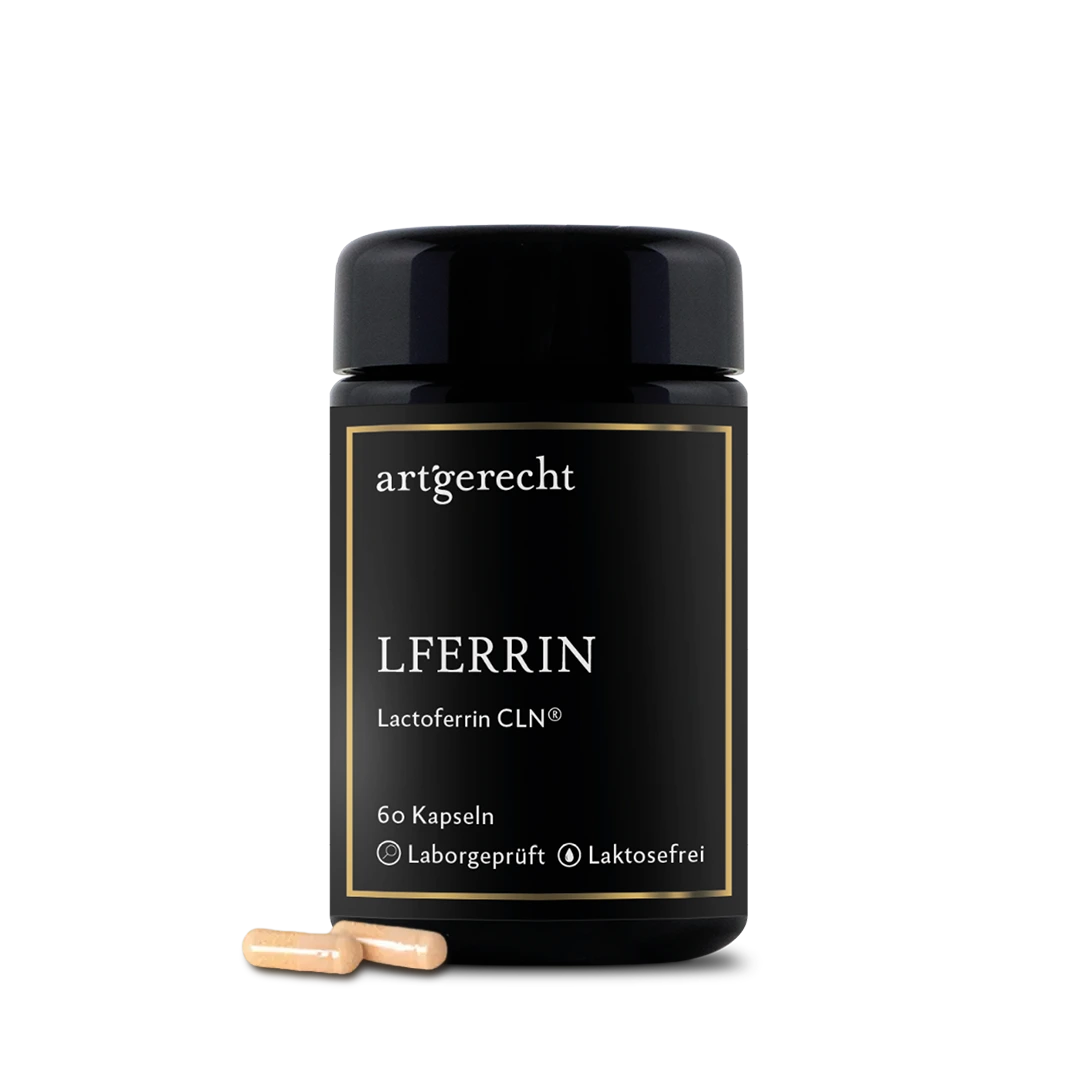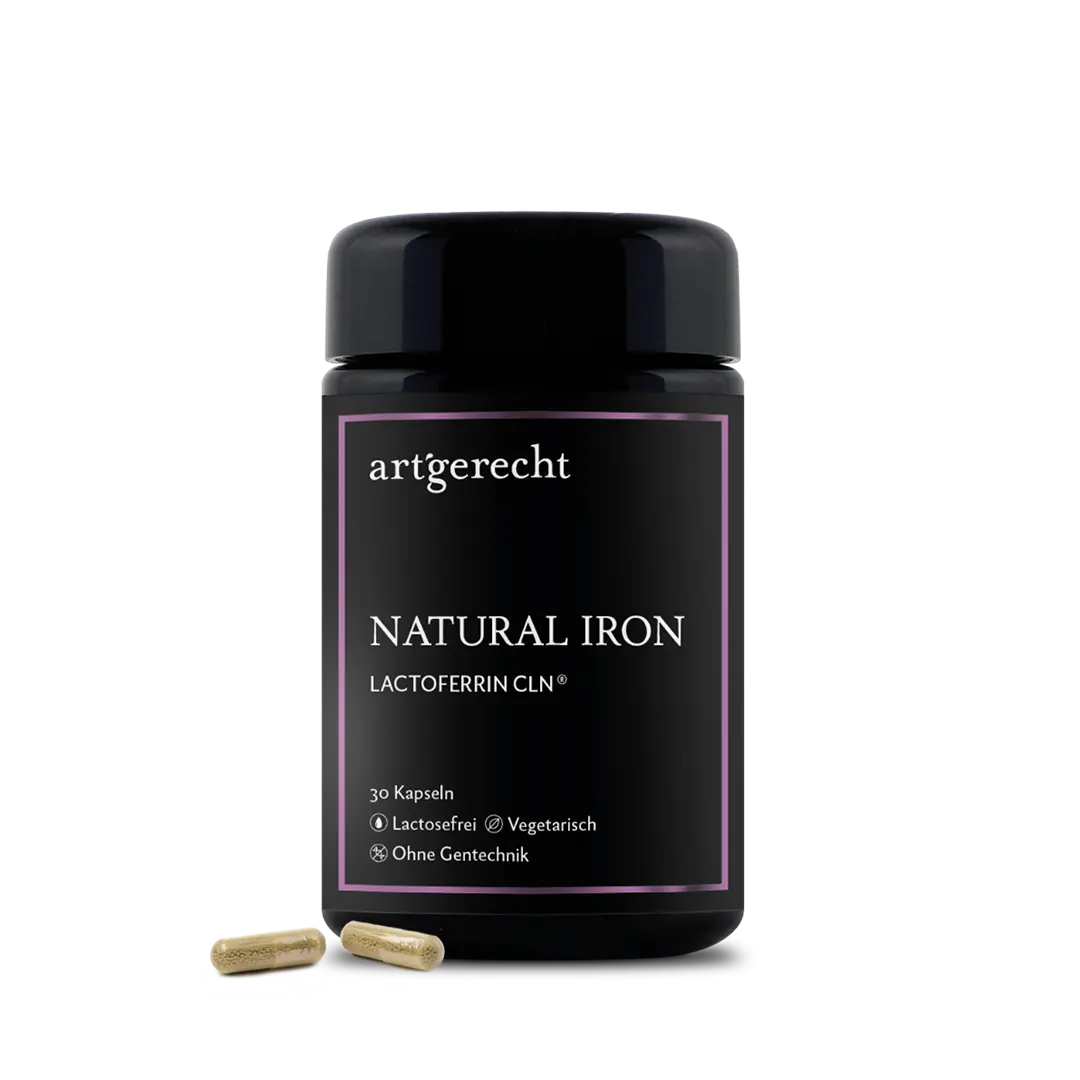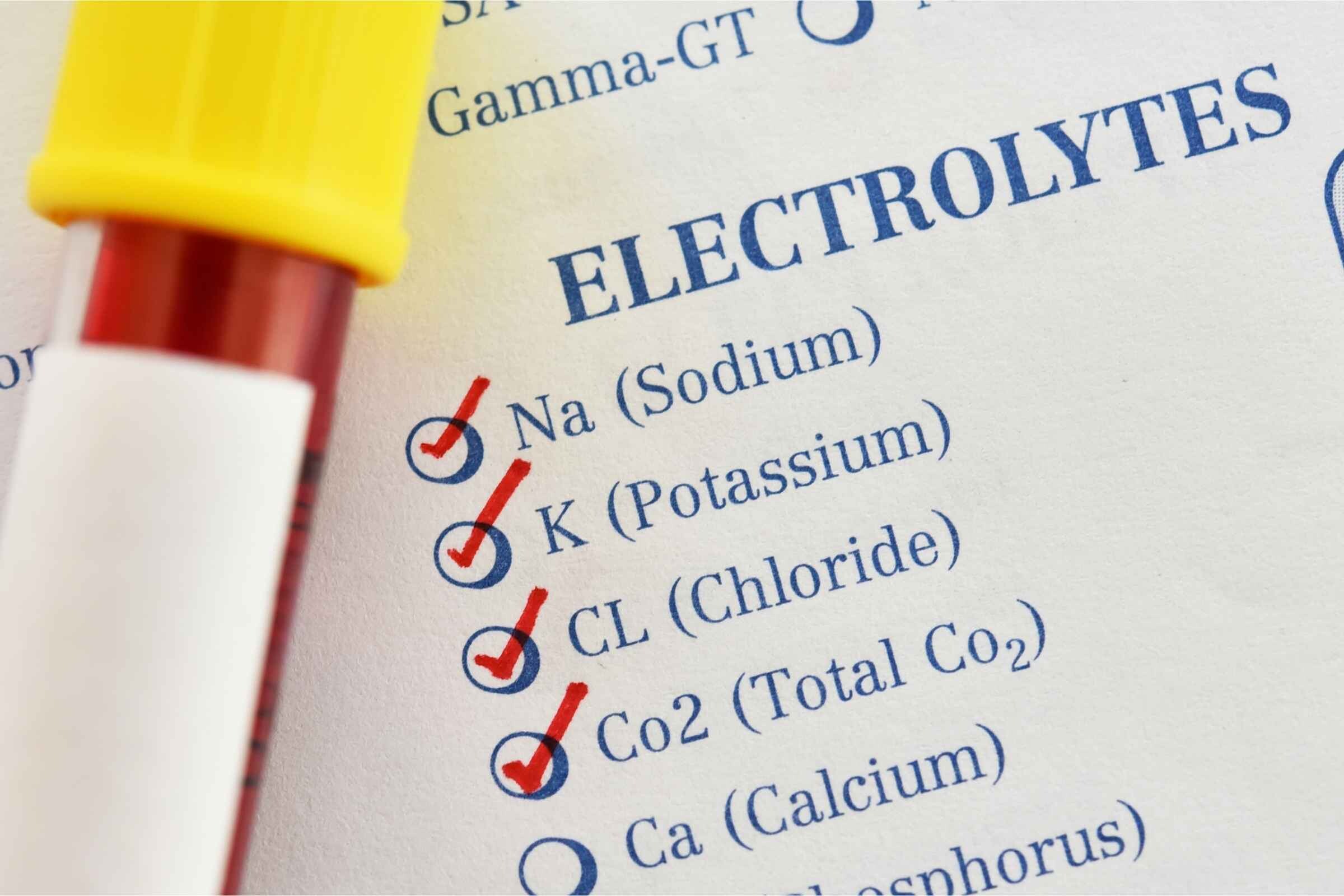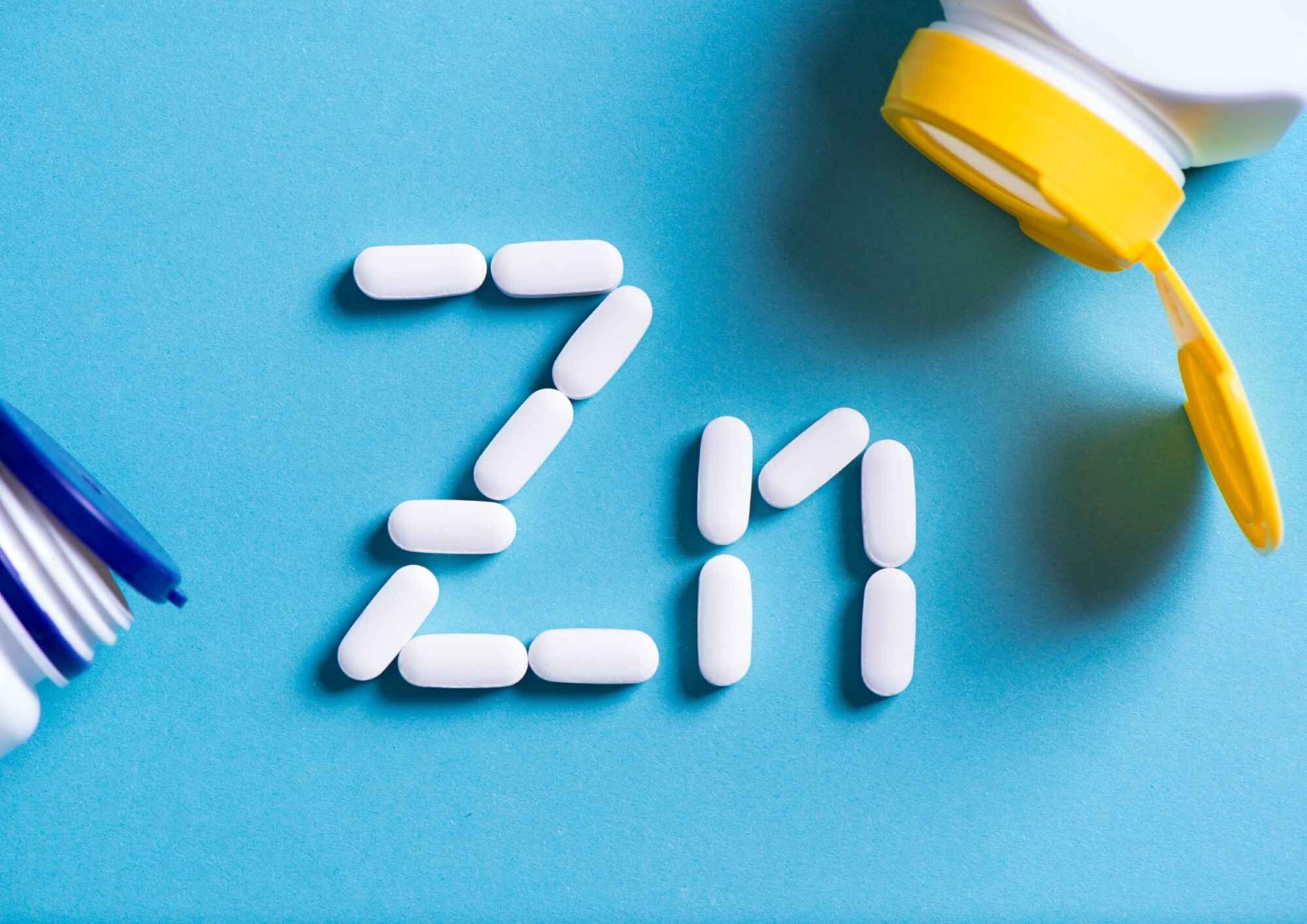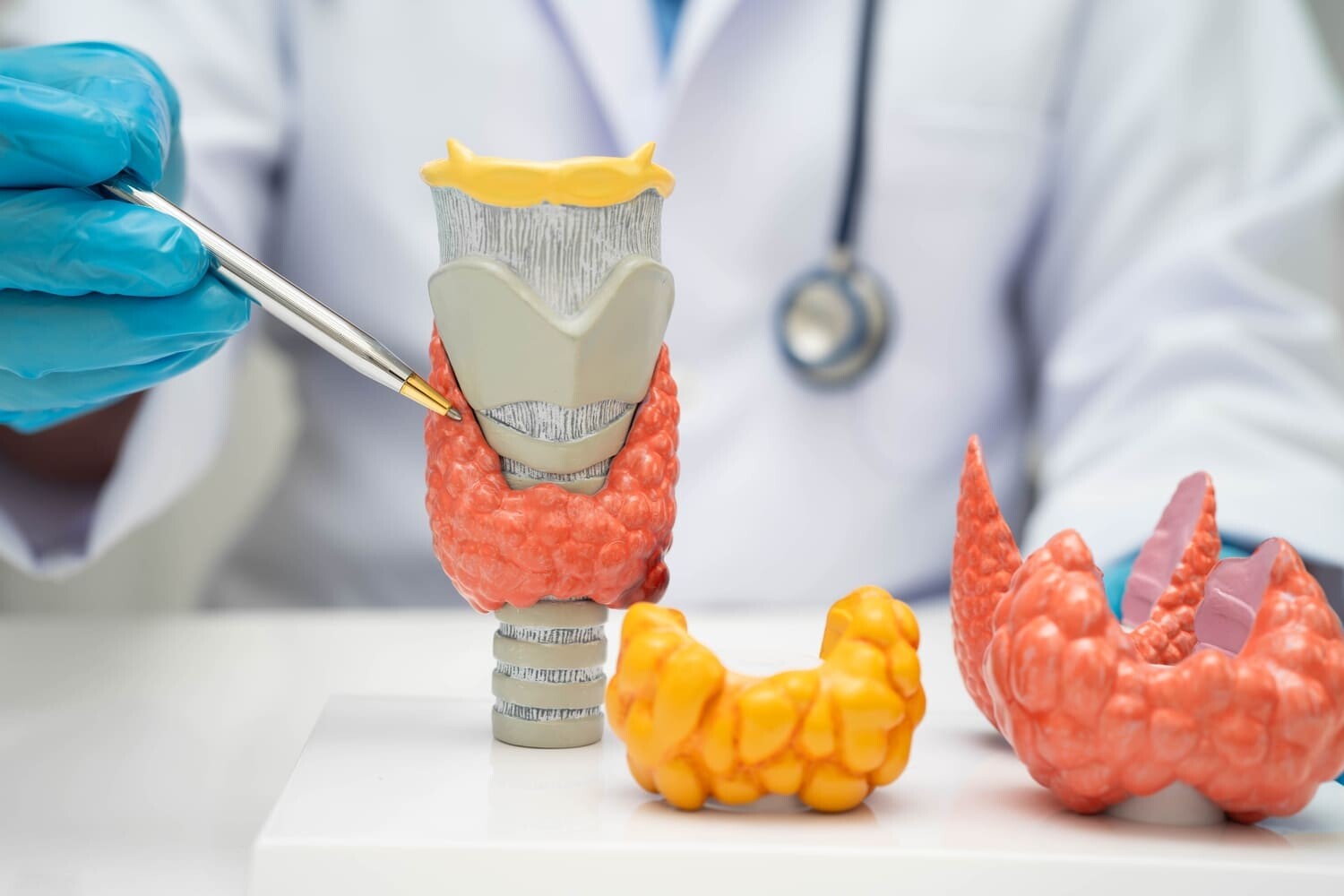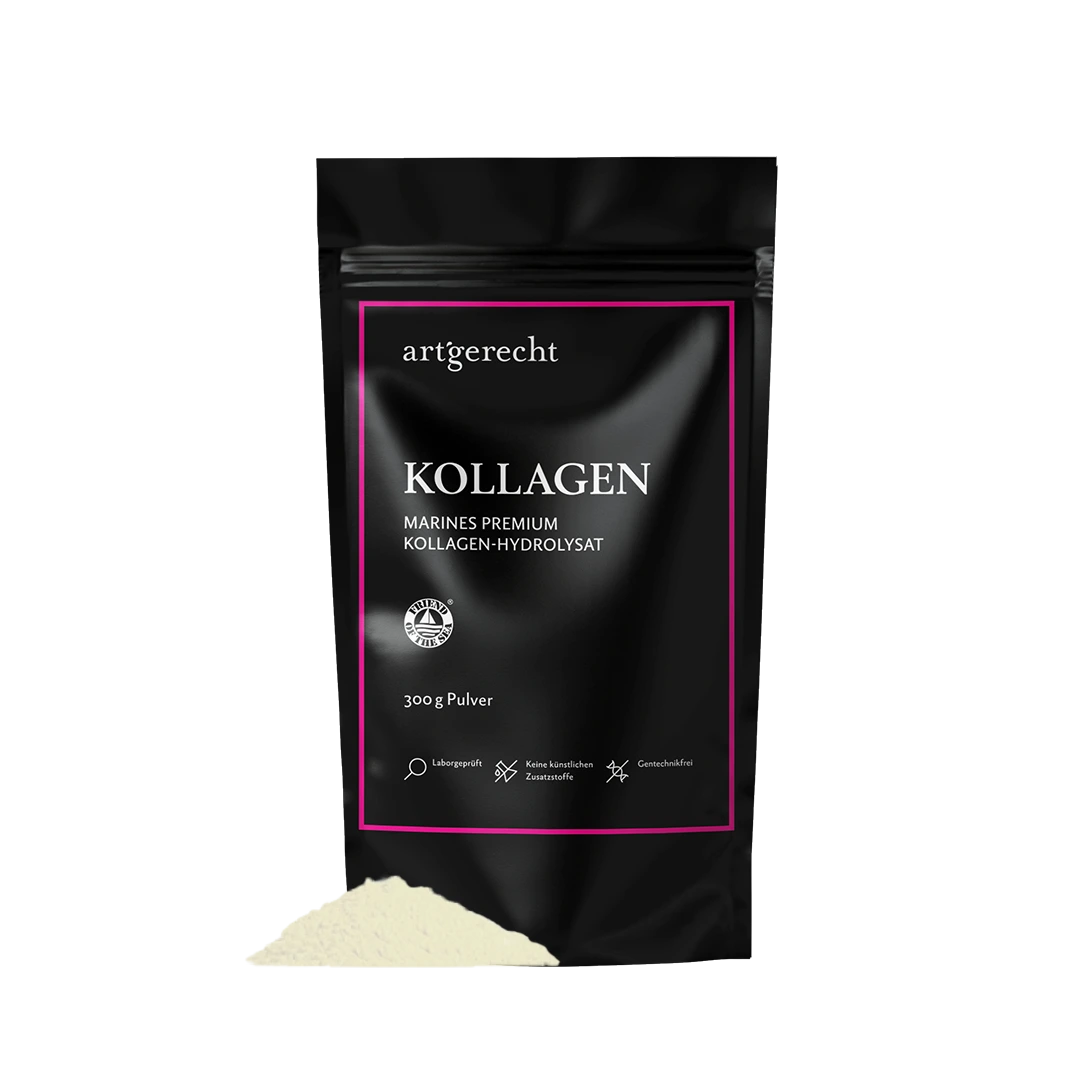One of the main functions of lactoferrin is based on its ability to regulate iron in the body. It belongs to the group of transferrins and is able to absorb, distribute and release trivalent iron. Lactoferrin therefore also offers therapeutic applications for disorders of iron metabolism.
Iron deficiency anaemia (IDA) is an important issue worldwide, with particular significance during pregnancy. 41.8% of pregnant women worldwide are affected, both in developing and industrialized countries. In Europe, the figure is 25.1% [1]. This is due to the increased iron requirement during pregnancy, which is often inadequately met [4].
This has consequences for the health of mother and child. On the one hand, the well-being of women is impaired by symptoms such as fatigue, shortness of breath, palpitations, headaches and irritability, and on the other hand, the risk of diseases and mortality associated with pregnancy and childbirth can increase.
A meta-analysis by Xiong et al. showed that IDA increases the risk of premature birth to a small extent [2]. In addition, IDA can also influence lower birth weight and neonatal health [2-4].
The therapy currently used is primarily based on the administration of iron supplements, as sufficient compensation through food is not possible. However, this therapy often causes side effects of the digestive tract, such as nausea and constipation. In around 18% of cases, this meant that the women were unable to continue taking the medication or changed the originally prescribed dose [5,6].
A meta-analysis by Hashim et al. from 2017 wanted to get to the bottom of the question of the extent to which lactoferrin is effective for the treatment of iron deficiency anaemia in pregnancy and in direct comparison with treatment with iron preparations [7].
Lactoferrin can reversibly bind iron and is also able to export iron from the tissue into the blood and regulate systemic iron homeostasis via modulation of ferroportin and hepcidin synthesis (see also iron balance disorders).
Ferroportin, a transmembrane protein that transports divalent iron ions (Fe2+) from the cell interior into the extracellular space, is negatively regulated by binding to hepcidin [8].
Hepcidin, a cationic peptide hormone, is the main regulator of iron homeostasis and is modulated by both iron stores and hypoxia (reduced oxygen supply). Hepcidin ensures the degradation of ferroportin, consequently high hepcidin levels lead to an inhibition of iron export by ferroportin and thus to an iron overload of the cell. During inflammation, iron export is significantly impaired by the release of pro-inflammatory messenger substances and a subsequent increase in the expression of hepcidin [8].
In total, three controlled, randomized studies with a total of 600 test subjects were included in this meta-analysis. The primary endpoint examined was the hemoglobin level. Secondary endpoints of the study were other blood parameters such as serum ferritin and serum iron as well as side effects such as the occurrence of gastrointestinal side effects.Significant results were seen primarily in the group of women with moderate anemia who were in the lactoferrin group [7]. It was shown that the administration of lactoferrin (2x100mg/d [9-11], or 250mg/d) [12] is just as suitable for iron deficiency anaemia as iron preparations (ferrous sulphate) and with significantly fewer gastrointestinal side effects. As these side effects often lead to a lack of compliance and treatment adherence, the authors recommend lactoferrin as the treatment of choice for iron deficiency anaemia (IDA) in pregnancy.
A further study on iron deficiency anaemia, which was carried out later, looked at the subject again, in particular the influence of lactoferrin on ferroportin and hepcidin [8]. As mentioned above, lactoferrin can downregulate the inflammatory messenger interleukin 6 (IL-6) and thus improve ferroportin-mediated iron export from the cells into the blood.
This intervention study includes both pregnant and non-pregnant women with various forms of anemia, including inflammation-related anemia. The administration of lactoferrin reduced IL-6 levels and significantly increased iron levels compared to ferrous sulphate. Lactoferrin proved to be particularly effective in the treatment of inflammation-related anaemia by lowering IL-6 and hepcidin levels.
In their results, the authors saw a greater effect and benefit from therapy with lactoferrin compared to standard therapy with ferrous sulphate, which should further confirm the results that the authors of the meta-analysis came to.
Other studies have shown that commercial lactoferrin products are characterized by their heterogeneity, which influences their functional properties. Differentiated characterization is therefore essential for therapeutic use [13].
The preparation of the protein is decisive for the quality, whereby the quality is defined by various parameters: Purity (lactoferrin protein content); degree of denaturation; bioactivity, as well as the purification of adhering substances. The iron binding capacity and the degree of saturation that exists after extraction must also be taken into account.There are studies on the subject of bioavailability with regard to the dosage form, whereby enteric-coated encapsulation represents a clear advantage. This maximizes absorption via the receptors in the small intestine, as the lactoferrin is only released some distance away from degrading digestive enzymes in the stomach and remains intact [14].In summary, it can be assumed that lactoferrin, in the appropriate quality and dosage form, can offer promising potential and a real solution in the treatment of iron deficiency anaemia, also and especially in pregnant women.Sources
1 McLean E, Cogswell M, Egli I, Wojdyla D, Benoist B de. Worldwide prevalence of anaemia, WHO Vitamin and Mineral Nutrition Information System, 1993-2005. public health nutrition 2009; 12: 444–454.
2 Xiong X, Buekens P, Alexander S, Demianczuk N, Wollast E. Anemia during pregnancy and birth outcome: a meta-analysis. American journal of perinatology 2000; 17: 137–146.
3 Allen LH. Anemia and iron deficiency: effects on pregnancy outcome. The American journal of clinical nutrition 2000; 71: 1280S-4S.
.4 Di Renzo GC, Spano F, Giardina I, Brillo E, Clerici G, Roura LC. Iron deficiency anemia in pregnancy. Womens health (London, England) 2015; 11: 891–900.
.5 Breymann C. Iron Deficiency Anemia in Pregnancy. Seminars in hematology 2015; 52: 339–347.
6 Melamed N, Ben-Haroush A, Kaplan B, Yogev Y. Iron supplementation in pregnancy–does the preparation matter? Archives of gynecology and obstetrics 2007; 276: 601–604.
7 Abu Hashim H, Foda O, Ghayaty E. Lactoferrin or ferrous salts for iron deficiency anemia in pregnancy: A meta-analysis of randomized trials. European journal of obstetrics, gynecology, and reproductive biology 2017; 219: 45–52.
8 Lepanto MS, Rosa L, Cutone A, Conte MP, Paesano R, Valenti P. Efficacy of Lactoferrin Oral Administration in the Treatment of Anemia and Anemia of Inflammation in Pregnant and Non-pregnant Women: An Interventional Study. Frontiers in immunology 2018; 9: 2123.
9 Nappi C, Tommaselli GA, Morra I, Massaro M, Formisano C, Di CC. Efficacy and tolerability of oral bovine lactoferrin compared to ferrous sulfate in pregnant women with iron deficiency anemia: a prospective controlled randomized study. Acta obstetricia et gynecologica Scandinavica 2009; 88.
.10 Paesano R, Torcia F, Berlutti F, Pacifici E, Ebano V, Moscarini M, Valenti P. Oral administration of lactoferrin increases hemoglobin and total serum iron in pregnant women. Biochemistry and cell biology = Biochimie et biologie cellulaire 2006; 84: 377–380.
11 Paesano R, Berlutti F, Pietropaoli M, Goolsbee W, Pacifici E, Valenti P. Lactoferrin efficacy versus ferrous sulfate in curing iron disorders in pregnant and non-pregnant women. International journal of immunopathology and pharmacology 2010; 23: 577–587.
12 Rezk M, Dawood R, Abo-Elnasr M, Al Halaby A, Marawan H. Lactoferrin versus ferrous sulphate for the treatment of iron deficiency anemia during pregnancy: a randomized clinical trial. The journal of maternal-fetal & neonatal medicine : the official journal of the European Association of Perinatal Medicine, the Federation of Asia and Oceania Perinatal Societies, the International Society of Perinatal Obstetricians 2016; 29: 1387–1390.
13 Rosa L, Cutone A, Lepanto MS, Scotti MJ, Conte MP, Paesano R, Valenti P. Physico-chemical properties influence the functions and efficacy of commercial bovine lactoferrins. Biometals : an international journal on the role of metal ions in biology, biochemistry, and medicine 2018; 31: 301–312.
14 Kell DB, Heyden EL, Pretorius E. The Biology of Lactoferrin, an Iron-Binding Protein That Can Help Defend Against Viruses and Bacteria. Frontiers in immunology 2020; 11.


